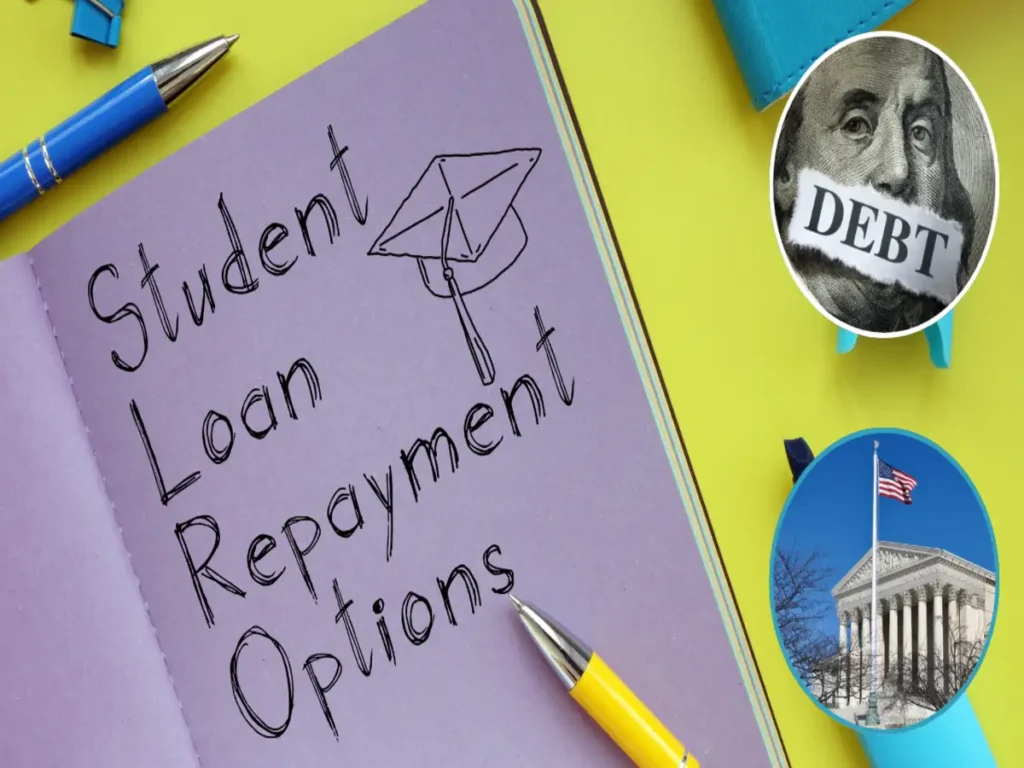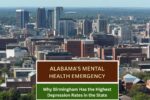For many educators, student loan debt can be a lingering burden despite years of public service. Fortunately, several federal forgiveness programs offer substantial relief to eligible teachers—ranging from $4,000 in annual grants to complete loan cancellation.
Here’s a detailed guide to the best student loan forgiveness options for teachers in 2025, including eligibility criteria, benefits, and where to apply.
1. Teacher Loan Forgiveness (TLF)
The Teacher Loan Forgiveness Program is one of the most straightforward options available to educators.
Key Benefits:
- Forgiveness of up to $17,500
- For teachers who work full-time for five consecutive years
- Must be employed in a low-income school or educational service agency
Eligibility:
- Must teach full-time at a qualifying elementary or secondary school
- Service must be five complete and consecutive academic years, with at least one year after 1997–98
- Loans must be Direct Loans or FFEL loans
- Cannot combine qualifying years with Public Service Loan Forgiveness

2. Public Service Loan Forgiveness (PSLF)
The Public Service Loan Forgiveness (PSLF) program is another key federal initiative that forgives remaining student loan debt after 120 qualifying monthly payments.
Key Benefits:
- Full loan forgiveness with no cap on the amount
- Must work full-time in public service or a nonprofit
- Payments must be made under a qualifying income-driven repayment plan
Eligibility:
- Only Direct Loans qualify (others must be consolidated)
- Must work for a qualifying employer such as a public school, government, or nonprofit
- Must submit Employment Certification Form annually
This program is particularly useful for educators with higher debt balances who plan to stay in public service long-term.
3. Perkins Loan Cancellation
Although the Perkins Loan program ended in 2017, those who previously received Perkins Loans may still be eligible for cancellation.
Key Benefits:
- Up to 100% cancellation of the loan over five years
- Applicable for full-time teachers in low-income schools or teaching specialized subjects like math, science, or special education
Cancellation Schedule:
- 15% canceled in years 1 and 2
- 20% canceled in years 3 and 4
- Final 30% in year 5

4. TEACH Grant Program
The TEACH Grant offers up to $4,000 per year to students completing coursework to become teachers.
Key Benefits:
- Offers upfront aid during your studies
- For students who agree to teach in high-need fields at low-income schools for at least four years
Important Note:
Failure to meet the service obligation will convert the grant into a Direct Unsubsidized Loan, with interest backdated to the original disbursement date.
How to Choose the Right Program
Best for Different Needs:
- TLF: Teachers with smaller balances seeking forgiveness after 5 years
- PSLF: Educators with higher debt planning a career in public service
- Perkins: Those who already have Perkins Loans
- TEACH Grant: Education students aiming to serve in high-need areas
What to Remember:
- You cannot double-count service years across TLF and PSLF
- For PSLF, it’s crucial to submit employment certifications and stay on a qualifying repayment plan
- Verify if your school qualifies via the Teacher Cancellation Low Income Directory:
Next Steps for Teachers
- Confirm Your Loan Type: Use Studentaid.gov to access your loan details.
- Evaluate Your Career Goals: Choose a program that aligns with your service duration and loan amount.
- Submit Necessary Forms: File appropriate applications and certification forms to start the forgiveness process.
- Track Your Progress: Use servicer tools and FSA resources to track your payments and eligibility.
Conclusion
Whether you’re a new graduate entering the teaching field or a seasoned educator nearing your fifth year in a Title I school, multiple federal programs exist to help ease the financial burden of student loans. Carefully consider your options based on your employment situation, loan type, and long-term goals to maximize your forgiveness benefits.
If in doubt, consult your loan servicer or visit https://studentaid.gov to explore your options in depth.
This article has been carefully fact-checked by our editorial team to ensure accuracy and eliminate any misleading information. We are committed to maintaining the highest standards of integrity in our content.

Deepak Grover is a dedicated content writer at OTE News, specializing in government affairs, public policy, and current events. With a keen eye for detail and a passion for factual reporting, he ensures readers receive accurate and insightful news. Deepak holds a degree in Political Science and has experience in research-driven journalism.
When not writing, he enjoys reading historical books, exploring hiking trails, and staying updated with global political trends. His commitment to ethical journalism makes him a trusted voice at OTE News.




